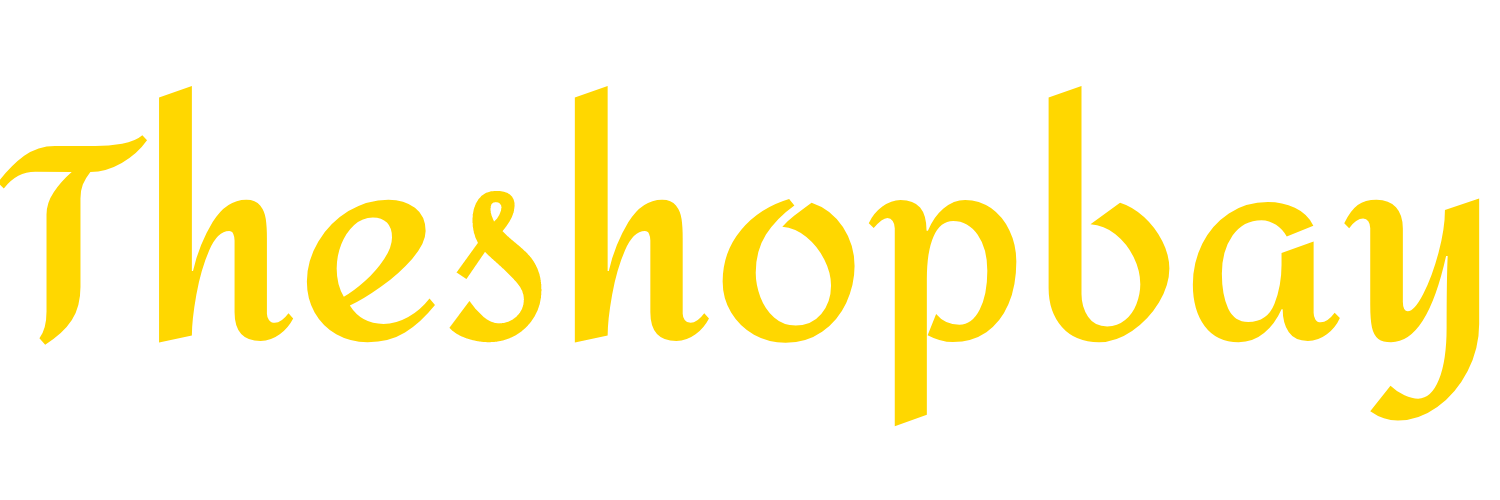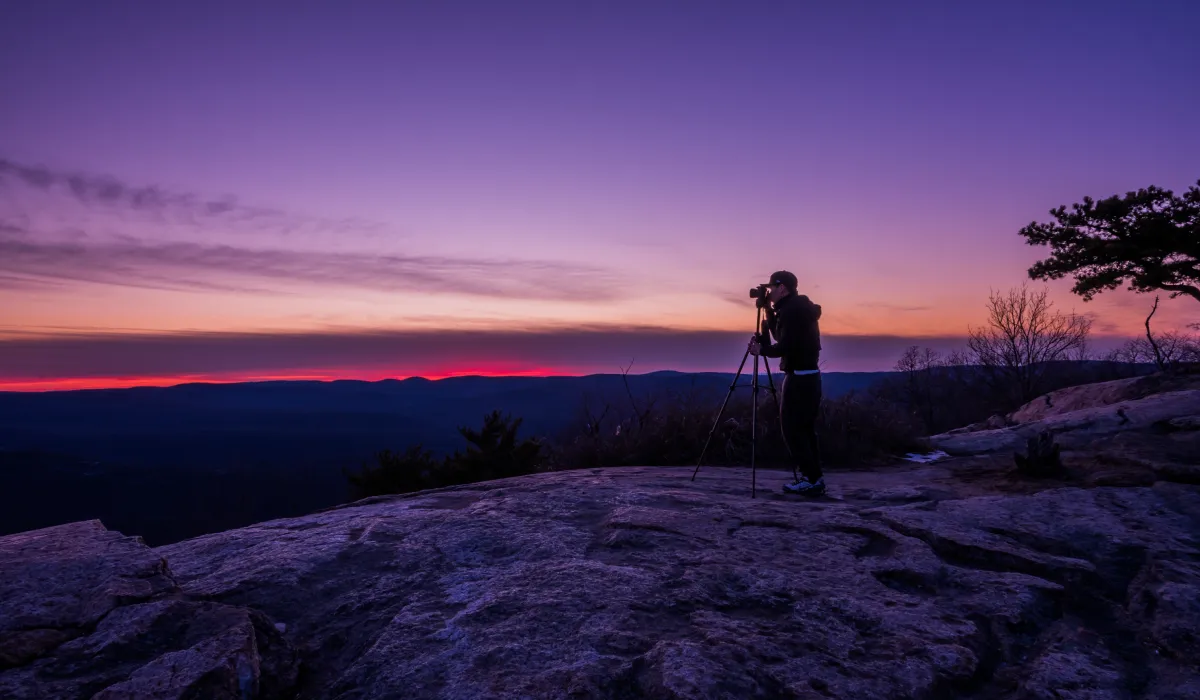Introduction
The Canon EOS R3 is the first of Canon’s mirrorless body to come in the Canon EOS 1D X Mark III style. The 24-megapixel CMOS sensor camera is a professional version more like the Sony Alpha 9 series. The features and incredible performance of the EOS R3 in photography and video make the camera an excellent hybrid mirrorless camera available in the market today.
Key Specifications
- 24.1 Megapixel Back-illuminated Stacked Full-frame CMOS Sensor
- DIGIC X Image Processor
- ISO range of 100-102400
- Electronic Shutter Mode – 30fps
- Mechanical Shutter Mode – 12fps
- People, Animals, Vehicles Detection
- Eye Control AF
- 5.76M DOT EVF
- 3.2” Vari-Angle 4.15M DOT rear touchscreen
- 1 CFexpress Type B card slot and 1 UHS-II card slot
- 1015 g with battery and CFexpress card; 822g body only
Body, Handling, and Performance
While holding a Canon EOS R3, you get a nice and stable feeling. It is very comfortable to carry and work with, and much lighter compared to the Canon EOS 1D X Mark III. Despite its lightweight, the EOS R3 has the exactly similar magnesium alloy construction and rugged weather-sealing as the EOS 1D X Mark III.
The camera has a battery grip and feels fantastic. It is actually great to see how lightweight the camera is, as it weighs just about 1015g with the battery and CFexpress card.
The design is similar to that of the Canon EOS R5 and the EOS 1D X Mark III. It has the same mode dial on the top right of the camera, like the EOS R5. On the rear side of the camera, the setup and controls are almost like that of the Canon 1D X Mark III. You also have an autofocus joystick, and a smart controller like the EOS 1D X Mark III, which is an interesting feature.
The camera has dual card slots, 1 CFexpress card slot, and 1 UHS–II card slot. It would have been good to have 2 CFexpress card slots though, as it would have been very helpful while working with heavy files. However, having a UHS card makes the camera more versatile plus it is also cheaper compared to the CFexpress cards.
With the Canon EOS R3, you get high flexibility in terms of customizing the buttons. You can pretty much customize anything you want and make the camera behave how you want it to.
The Canon EOS R3 has 5.76M DOT EVF which is great to see at this price point. The EVF is built in a way such that it extends out which is nice to use as it gives a lot of room preventing your nose to stick to the rear screen.
The rear side screen is a 4.1M DOT fully articulating touchscreen that is significantly sharper than most cameras.
Some improvements in the Canon EOS R3
The maximum shutter speed is 1/64,000. This sounds crazy, but makes the camera versatile, especially, when you need the camera to be wide open in bright light.
It is great to see Canon working on reducing the flickering under different lighting conditions which is extremely helpful, especially in artificially lit environments. Similar to the Sony Alpha 9 II, the Canon EOS R3 has features that allow you to fine-tune the shutter speed to reduce flickering, which in turn reduces the rolling shutter while recording videos.
Canon continues to do well in terms of providing image stability. The EOS R3 has 8 stops IBIS which helps the camera to perform incredibly well while doing hand-help photography.
The EOS R3 now has custom white balance settings live, right on the screen which is a feature most Canon users were waiting for.
Autofocus and Photography Performance
The Canon EOS R3 now has the eye control autofocus that tracks the movement of your eye, which is very dynamic and interesting. It basically moves the autofocus across the EVF to where the subject is looking.
Subject tracking options like animal, vehicle and people detection work very well. Animal detection can track the eye of almost any animal with high accuracy, which is helpful, especially for wildlife photographers. Vehicle detection is also an interesting feature and something that we have seen across the Canon R series. The autofocus in vehicle detection sticks to the driver and does a great job which is helpful for photographers into a motorcycle or auto racing photography. By just spending some time to set up the correct tracking and autofocus for a given situation you can produce extremely accurate and sharp images.
The Canon EOS R3 has 30fps full tracking with the electronic shutter mode and 12fps with the mechanical shutter mode. The camera’s full-frame stacked CMOS chip is especially helpful while working with the electronic shutter. There are multiple situations where you would prefer the electronic shutter over the mechanical shutter, also given the fact that the rolling shutter has improved.
The electronic shutter allows you to do silent photography which is certainly preferred while doing photography where you do not want to distract the audience with the camera shutter noise like during conferences.
The electronic shutter also gives you a fast burst rate which is required during high-speed action, sports, or even wildlife photography where the possibility of missing out on an important moment is high.
Compared to the mechanical shutter, we are usually worried about losing the dynamic range with the electronic shutter. However, Canon has shown huge improvement, as EOS R3 has impressive performance even in low-light situations. The ISO performance is good, even in higher ISOs. When compared to the Canon EOS R6, Sony Alpha 9 II, or the Panasonic S5, you will see very slight differences in the final image at higher ISOs.
Video
The two amazing things about the Canon EOS R3 are that you can now shoot an internal RAW video and the camera no more has the 30-minute recording limit which means that you can get extremely high-quality long videos.
The video quality is highly impressive. The 4K/60P video is oversampled and of high quality. The camera also has the Canon RAW light video format which records video to a much smaller size than that of the Canon RAW.
The other amazing thing about the camera while doing video is no actual overheating issues even while recording for over 90 minutes at 4K/60P or even RAW at 6K/60P.
The only time you might come across heating issues is while doing a slow-motion video at 4K/120P for longer durations. However, this is not something to be worried about, as slow-motion videos for longer durations like over 5 or 10 minutes are not something we do frequently. In terms of overheating, the EOS R3 does well compared to the EOS R5 or EOS R6.
We did talk about the autofocus and eye tracking doing a fantastic job in photography, however, in the video, you might face a few issues as the focus is not as sticky and tends to drift away at times. If you however choose the right focus settings for a given situation the camera would do a great job even on video, like choosing autofocus casing for the autofocus to stick to a moving subject and ignoring the background or foreground, or using the switching tracked subject function.
You basically need to remember that you need to use the right subject option and properly set up the autofocus based on the situation. You cannot just keep one subject tracking selected for every situation and hope that the camera will work equally well.
Bottom line is, if you are willing to spend some time setting up the camera to the right settings, the camera will behave the exact same way you want it to.
Overall, in terms of video, the Canon EOS R3 is very flexible when compared to Canon’s entire line of mirrorless cameras. If you however need more megapixels then you will get that in the Canon EOS R5, but then it will have its own video limitations like slower read-out, recording limit, more rolling shutter, overheating, and no internal RAW recording.
Battery Performance
The camera uses an LP-E19 battery, and its performance is impressive. The LP-E4N is also compatible with the camera, but in consideration of safety standards, it is not recommended to charge it with the LC-E19 battery charger.
Number of shots available
Viewfinder (Power Saving) – 620 shots
Viewfinder (Smooth) – 440 shots
Screen (Power Saving) – 860 shots
Screen (Smooth) – 760 shots
Pros and Cons
Pros
High-speed shooting
Shutter speed up to 1/64,000 sec
Excellent autofocus and tracking
Great ergonomics and weather-sealing
Eye control autofocus
Impressive video performance
Cons
Low effective pixels. 24 megapixels only
Canon EOS R3 – Comparison
| Canon EOS R3 | Canon EOS 1D X Mark III | Canon EOS R5 | Sony A9 Mark II | Sony A1 | |
| Price | $6,000 | $6,500 | $3,500 | $4,500 | $6,500 |
| Effective Pixels | 24.1 MP | 20.1 MP | 45 MP | 24.2 MP | 50 MP |
| Weight (with card and Battery) | 1,015 g | 1,440 g | 738 g | 678 g | 737 g |
| Mechanical Shutter Mode | 12fps | 16fps | 12fps | 10fps | 10fps |
| Electronic Shutter Mode | 30fps | 20fps | 20fps | 20fps | 30fps |
| Max Shutter Speed | 1/64,000 | 1/8,000 | 1/8,000 | 1/32,000 | 1/32,000 |
| EVF | 5.76M DOT | OVF only | 5.76M DOT | 3.69M DOT | 9.44M DOT |
| LCD | 4.1M DOT Fully-articulating | 2.1M DOT Fixed | 2.1M DOT Fully-articulating | 1.44M DOT Tilt | 1.44M DOT Tilt |
Summary
The Canon EOS R3 is primarily a professional sports camera like the Canon EOS 1D X Mark III. It will perform equally well for portraits, and weddings, and can be used by professional photographers as a hybrid camera that produces excellent-quality photos and video.
It would have been good to see more effective megapixels. This however does not stop the camera from being very fast and capable. The image quality is great. No camera can shoot high-quality RAW at 30fps as this camera can. It has a great buffer, excellent autofocus, and performance.
This is also Canon’s attempt for its users to shift from the Canon EOS 1D X Mark III to the Canon EOS R3.
The improvements like the max shutter speed of 1/64,000 sec, flickering reduction, custom white balance, and the IBIS adds to the great features and performance this camera can provide. If the lower effective pixel is an important factor for you, you should probably look at the Canon EOS R5. However, as mentioned earlier it will come with its own limitations. Overall, the Canon EOS R3 is truly a flagship camera, and one of the best hybrid models available in the market today.









